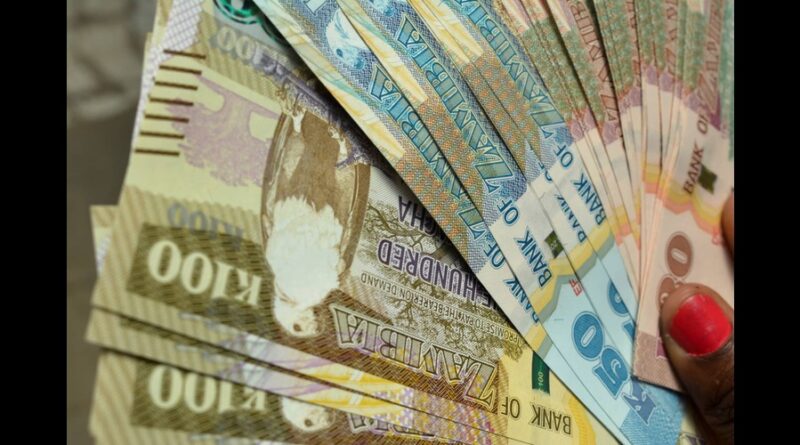The Two African Currencies Set to Outperform Others This Year
Ghana and Zambia have emerged as the two African countries with the strongest currencies in the first eight months of 2025, driven by rising export revenues, lower oil imports, increased foreign exchange inflows, and tighter monetary policy, according to the latest Africa’s Pulse report by the World Bank.
The report, titled ‘An Analysis of Issues Shaping Africa’s Economic Future’, notes that several African currencies have strengthened this year due to more accommodative financial conditions, increased FX inflows from market reforms and foreign direct investment, stronger export receipts amid favourable commodity prices, and a softer US dollar.
“For instance, the Ghanaian cedi appreciated by more than 20% year-to-date over the first eight months of 2025, after weakening by 19% in 2024,” it says
It adds that “tight monetary and fiscal policy, rising export revenues (thanks to higher prices of cocoa and gold), and improved market sentiment (as a result of the successful debt restructuring process) contributed to strengthening the currency.”
“The second-highest-earning currency in Africa is the Zambian kwacha with a year-to-date appreciation of 16%. Progress in debt restructuring, lower oil import costs, and a temporary increase in the supply of US dollars (resulting from a higher demand for domestic currency to pay tax obligations) supported the stronger currency,” the report says.
According to the World Bank, addressing barriers to structural transformation and maintaining prudent fiscal management would help sustain the gains in both currencies.
S&P Global Ratings said in a recent note that currency appreciation had helped slow business costs across sub-Saharan Africa in September 2025, with prices rising at the weakest pace since 2020.
Stronger currencies have eased input cost pressures in economies long marked by high inflation. Ghana and Zambia recorded outright declines in purchasing prices at certain points during the year, while Nigeria saw the weakest input price growth since March 2020 in the third quarter, even as inflation remained elevated.
In September, Ghana’s headline inflation dropped to a single digit of 9.4% — its lowest since August 2021.
Zambia’s annual inflation eased to 12.3% last month, down from 12.6% in the previous month, extending a five-month streak of slowing price growth. It was the lowest reading since September 2023.
“The Ghanaian cedi and Zambian kwacha have each appreciated by 15% against the US dollar so far this year, while the South African rand and Nigerian naira have also seen gains,” S&P said.
The World Bank report also highlights the weakest-performing currencies — the South Sudanese pound and Ethiopian birr — both of which recorded year-to-date depreciations exceeding 10%.
“In South Sudan, the weakening of the currency is attributed to damage in the oil pipeline from the war in neighbouring Sudan, which has lowered export revenues,” it says.
In Ethiopia, the FX market liberalisation effort “is being tested by a surge in the parallel premium as businesses struggle with limited formal access to US dollars amid market inefficiencies and restrictions,” the multilateral lender adds.




